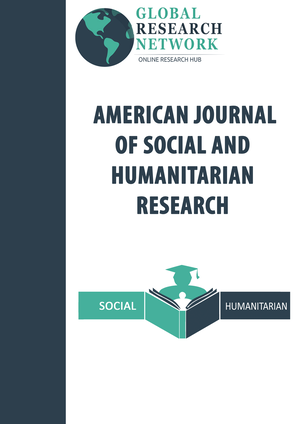Revisiting the Wehrkreise Strategy: Lessons from the Indonesian National Revolution (1945–1949) for Modern Defense Systems
Abstract
This article examines the implementation of the People's Defense System (Sishankamrata) in Indonesia in facing complex and asymmetric contemporary challenges amidst significant limitations in military resources. To rediscover the unity of defense within Sishankamrata, it is essential to trace this defense system, which is rooted in efforts to defend independence during the 1945-1949 Revolution, despite the limitations of military resources when confronted with superior enemy forces. During that time, the establishment of Wehrkreise through Emergency Order Number One in 1948 played a significant role in strengthening national defense. This study aims to explore the determining factors for the success of the Wehrkreise strategy and its relevance in strengthening Sishankamrata in the modern era. The research employs a qualitative method with a historical approach, analyzing primary and secondary sources to identify key elements that supported the success of the Wehrkreise strategy. These factors are expected to bridge the gap between Indonesia's historical defense strategy and current strategic challenges. The research findings indicate that innovative leadership, inspirational motivation, alignment of strategy with local cultural contexts, and the integration of military operations with regionally-based people's resistance are the main success factors. The conclusion of this study emphasizes the importance of developing innovative and inspirational leadership, as well as implementing defense strategies that are in harmony with local culture, to strengthen Sishankamrata in the modern era and future. This strategy ensures that the universal defense system remains relevant and resilient in facing dynamic and asymmetric threats.
Keywords
Full Text:
PDFReferences
A. Nasution, Fundamentals of guerilla warfare (Facsimile). Frederick A Praeger Publisher, 1965.
K. Mann, J. Gordon, and A. MacLeod, “Reflection and reflective practice in health professions education: A systematic review,” Adv. Heal. Sci. Educ. Theory Pract., vol. 14, no. 4, pp. 595–621, 2009, doi: 10.1007/s10459-008-9124-3.
A. Widjajanto, “Evolusi Doktrin Pertahanan Indonesia,” Prisma, vol. 29, no. 1, pp. 3–20, 2010, [Online]. Available: https://lib.atmajaya.ac.id/default.aspx?tabID=61&src=a&id=206329
G. Hofstede, Culture’s Consequences: International Differences in Work-Related Values. in Cross Cultural Research and Methodology. SAGE Publications, 1984.
B. M. Bass and R. E. Riggio, Transformational Leadership. Psychology Press, 2006. [Online]. Available: https://www.taylorfrancis.com/chapters/mono/10.4324/9781410617095-1/introduction-bernard-bass-ronald-riggio
M. E. Porter, “What is Strategy?,” Harv. Bus. Rev., vol. 74, no. 6, pp. 61–78, 1996, [Online]. Available: https://hbr.org/1996/11/what-is-strategy
DOI: http://dx.doi.org/10.52155/ijpsat.v48.1.6836
Refbacks
- There are currently no refbacks.
Copyright (c) 2024 Ridwan Akhmad Nugraha, Edy Sulistyadi, Buddy Suseto

This work is licensed under a Creative Commons Attribution 4.0 International License.



















